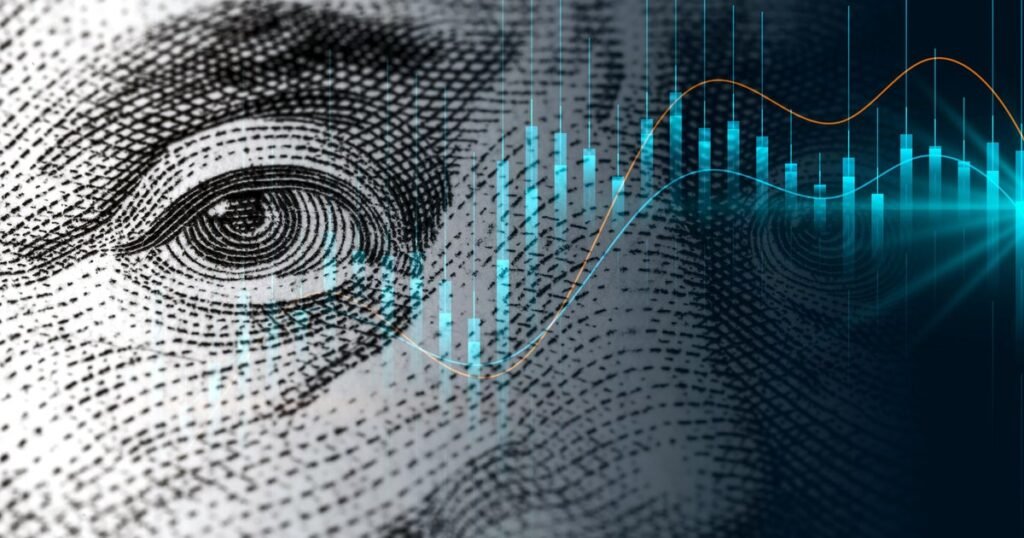As tariff uncertainty continues to roil the stock market, some economists believe the U.S. could be headed toward a recession, a possibility that even the Trump administration has declined to rule out. But how close are we to a recession, and how will we know when we’re in one?
While it is notoriously hard to predict a recession, there are definitive criteria that must be met in order for the National Bureau of Economic Research (NBER), a nonprofit, nonpartisan research group, to determine a business cycle is recessionary.
“There’s no one agreed-upon definition of a recession, but the most commonly used metric is two back-to-back periods of negative economic growth,” said CBS MoneyWatch correspondent Kelly O’Grady. “That would mean that we would see negative growth in U.S. gross domestic product or GDP, over two consecutive quarters.”
Notably, a financial quarter’s growth measure only becomes clear after it’s concluded, “so we wouldn’t officially know we’re in a recession until we were already in it,” O’Grady said.
Recessions are generally marked by rising unemployment and a significant decline in economic activity across sectors as consumers cut back on spending and businesses put a freeze on hiring. Since 1929, there have been 14 recessionary periods in the U.S. Most recently, the U.S. economy entered a brief, two-month long recession from February to April 2020, during the COVID-19 pandemic.
Although U.S. unemployment ticked up last month, to 4.1% from 4%, it remains low by historical standards. Employers added 151,000 jobs in February, a sign that businesses are still looking to hire. Retail sales rose in February, albeit less than expected.
For now, the warning signs aren’t yet flashing red, economists say.
“Right now, things feel uncomfortable given the significant amount of policy uncertainty, the federal layoffs, and we’ve seen business, consumer and investor sentiment fray,” Ryan Sweet, chief U.S. economist at Oxford Economics, told CBS MoneyWatch. “So to some it feels like the economy is in a recession, but we are not there yet.”
Another possibility: stagflation
Still, some economists are warning of another, potentially worse outcome for the U.S. economy: stagflation. That informal term — a mashup of “stagnation” and “inflation” — refers to periods of economic distress when growth falters even as prices remain painfully high. Ordinarily, inflation eases when the economy contracts.
The U.S. last experienced stagflation in the 1970s and early ’80s, when oil production became more costly and inflation surged. Reduced consumer spending led to a slowdown in economic growth and increased unemployment.
“A good way to think about stagflation is an economic balancing problem,” O’Grady said. “Let’s say you’ve got high inflation … that means the economy is supercharged with a lot of demand, which drives part of that inflation. So the federal government will try raising interest rates to make it more costly to borrow money, and then slow down some of that demand.”
How close are we to entering a recession?
For now, economic data suggests that the risk of the economy entering a recession is relatively low. The U.S. labor market continues to create jobs at a decent clip and consumer spending remains solid.
“The unemployment rate is slightly elevated compared to one year ago, and inflation is almost half a percent higher compared to last September,” O’Grady said. “These might seem like small signs but when you’re taking them with other factors like diminishing consumer sentiment and spending — and then you’ve got the wild card of tariffs, there are warning lights of a weakening economy. But we don’t have a red light yet.”

